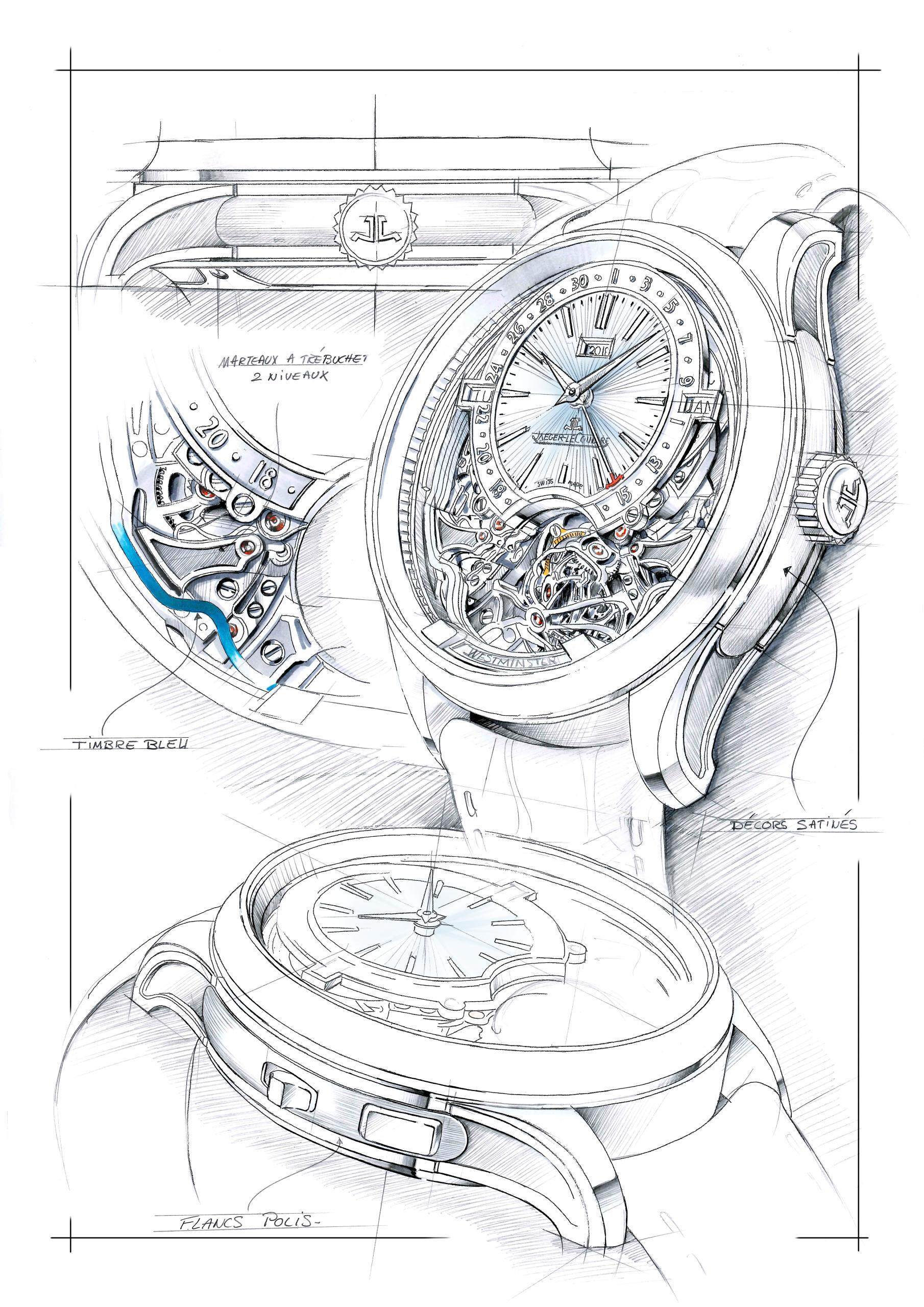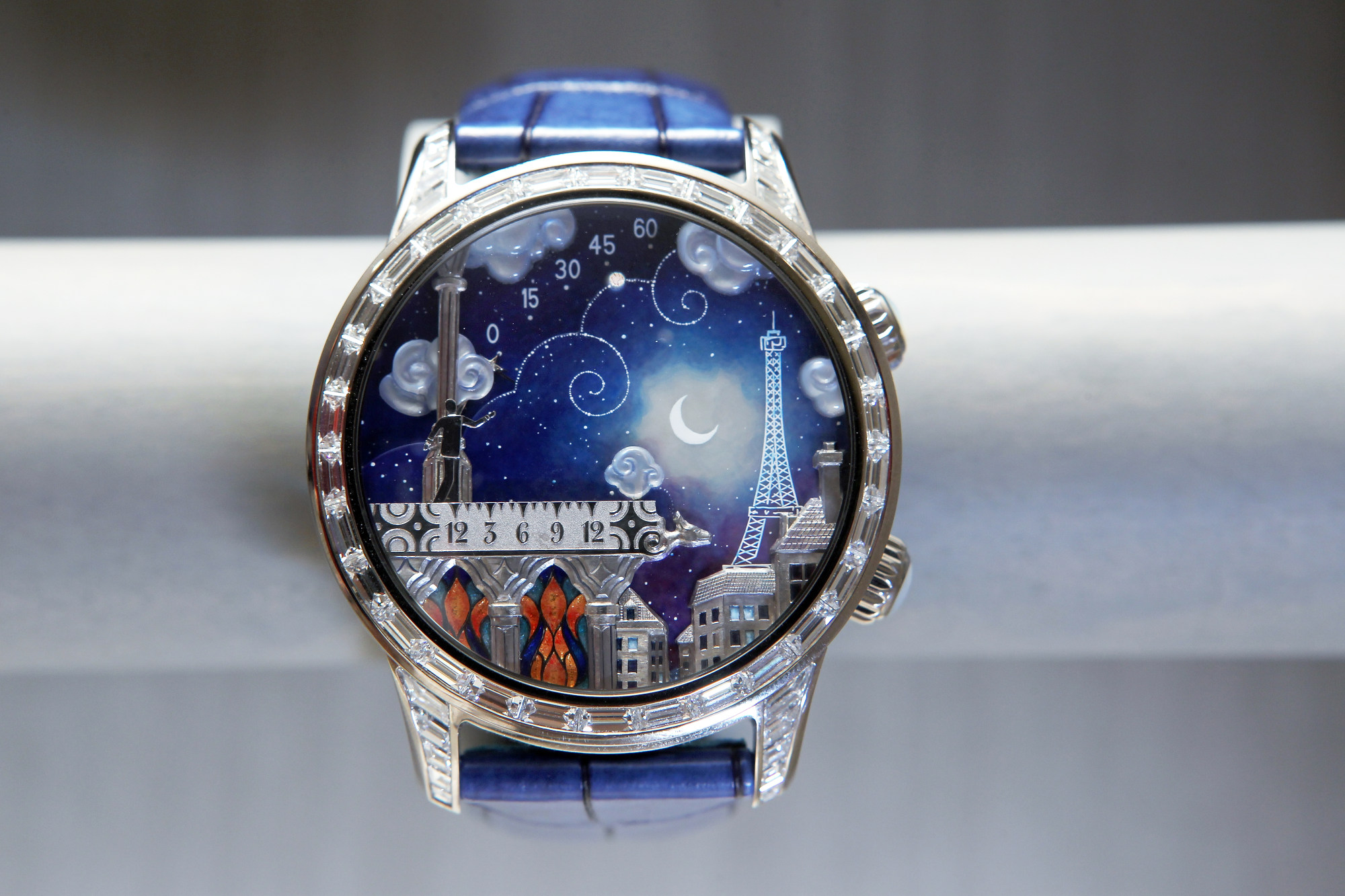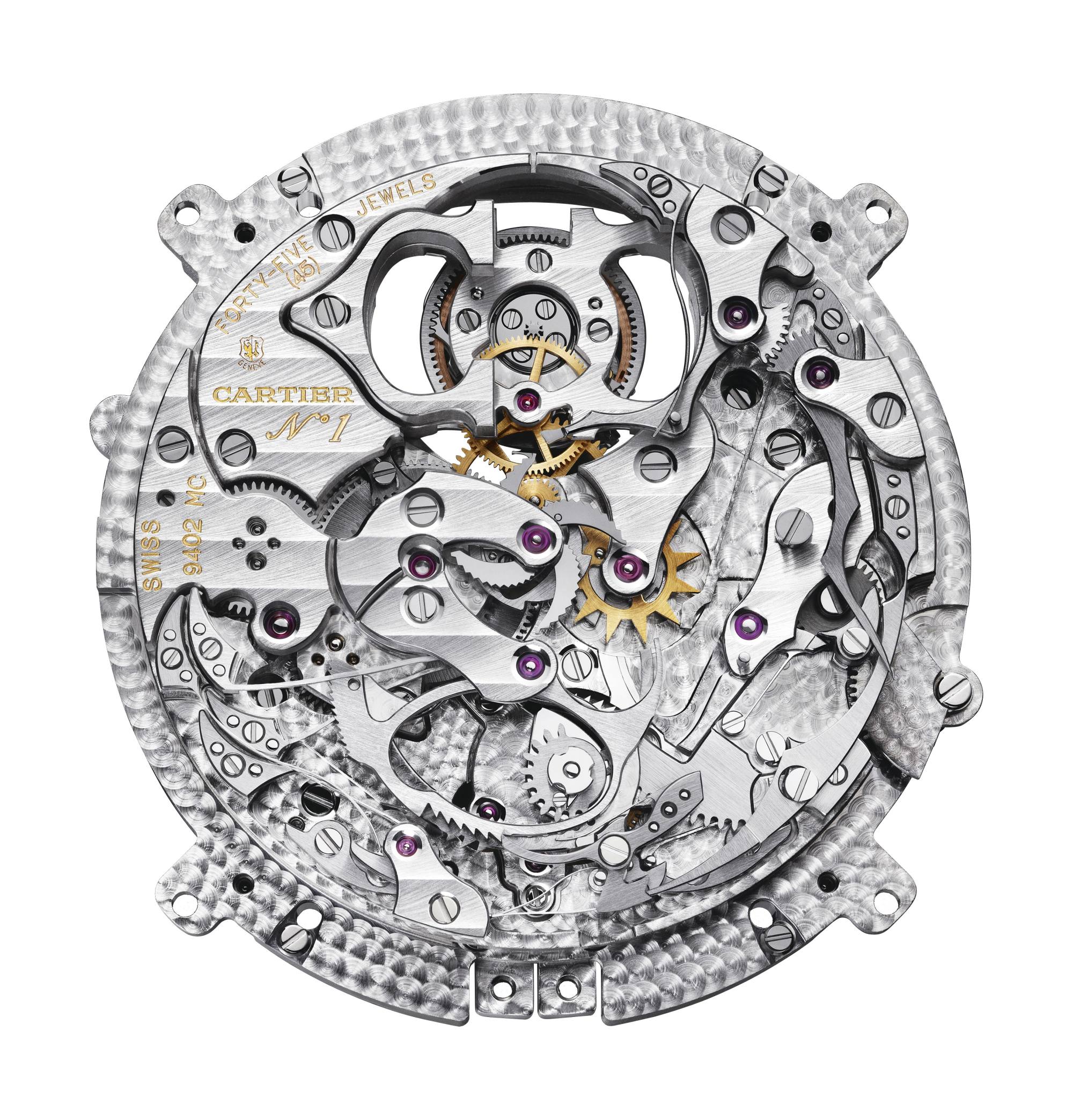Explainer / What is a minute repeater? The ‘Everest’ of watch complications makes the humble tourbillon look like mere Matterhorn

In the watch world, where technical expertise reigns supreme, there is one complication that represents the pinnacle of both watch collecting and watchmaking savoir faire: the minute repeater. At the push of a button, it will chime out the hours, quarter hours and minutes in a series of high-pitched notes, each generated by a tiny hammer and gong housed within a case no wider than a human wrist.
The minute repeater is widely accepted as the most elaborate complication in watchmaking. Former LVMH watchmaking president and a giant of the field, Jean-Claude Biver, once famously compared the difference between making a tourbillon and a minute repeater, saying that “it is the difference between climbing the Matterhorn and climbing Mount Everest”. Given that a tourbillon is already a complex and well-respected complication, you can imagine the amount of technical know-how needed to create a minute repeater.

Even the simplest of minute repeaters needs an astonishing number of different mechanisms, including the all-important chiming hammers and gongs, the governing mechanism to prevent all the chimes from striking at once, the surprise piece to prevent the levers from slipping backwards onto the wrong step, and the all-or-nothing piece, which blocks the minute repeater mechanism until and unless the activating lever has been pulled back the entire way, thus preventing half-activated or incorrect chiming.
The system is so complicated that it requires an immense number of components – over 100 for a Patek Philippe, for instance – each of which has to be manufactured to extremely tight tolerances. And because each component has to work in harmony with the others to ensure that the chimes sound as intended – at just the right speed, tempo and pitch – it is imperative that each minute repeater be assembled and adjusted by hand by a master watchmaker. There are no short cuts.
Brands continue to push still further though. Van Cleef & Arpels’ Poetic Complications, created in 2006, is just one example of this, raising the stakes with a five-minute repeater mechanism, so that besides striking the hours, it also chimes the number of five-minute periods since the hour.

According to Patek Philippe – regarded as the grandmaster of chiming watches – assembling a minute repeater mechanism takes 200 to 300 hours of work, work that rests on decades of exacting experience. Its 5303R-001 Minute Repeater Tourbillon displays all of the intensity of that dedication. The rose gold watch has been stripped back to only a minimal dial – just the hands and minute track – in order to lay bare the full splendour of the chiming gongs.
For something even more complicated, you can’t go much further than the Jaeger-LeCoultre Master Grande Tradition Gyrotourbillon Westminster Perpétuel, which houses a Westminster chime gong – one that sounds out the famous melody of the Big Ben clock in the tower at the Palace of Westminster in London. Then again there’s the brand’s newest 2022 release, the Master Hybris Artistica Calibre 945, which elevates Jaeger-LeCoultre’s mastery of chiming watches to fresh heights by combining a dial showing the world as seen from the North Pole and astronomical complications, with a minute repeater.

At the complete other end of the spectrum is H. Moser & Cie.’s minimalist Swiss Alp Watch concept in black. Created initially as a tongue-in-cheek poke at the smartwatch that it resembles, the Swiss Alp watch was reinterpreted later down the line, gaining both a minute repeater and a tourbillon, and losing its hands. Since minute repeaters were first created for telling the time without looking at a watch, they reasoned, why not get rid of the hands altogether?
H. Moser isn’t considered an irreverent young upstart in the watchmaking world for nothing.

- Are minute repeaters the most complicated timepiece complication? Invented to chime the time at the push of a button, a typical Patek Phillipe mechanism today takes some 300 hours to make
- Former LVMH head and industry giant Jean-Claude Biver famously contrasted the tourbillon and minute repeater as like ‘climbing the Matterhorn and climbing Mount Everest’